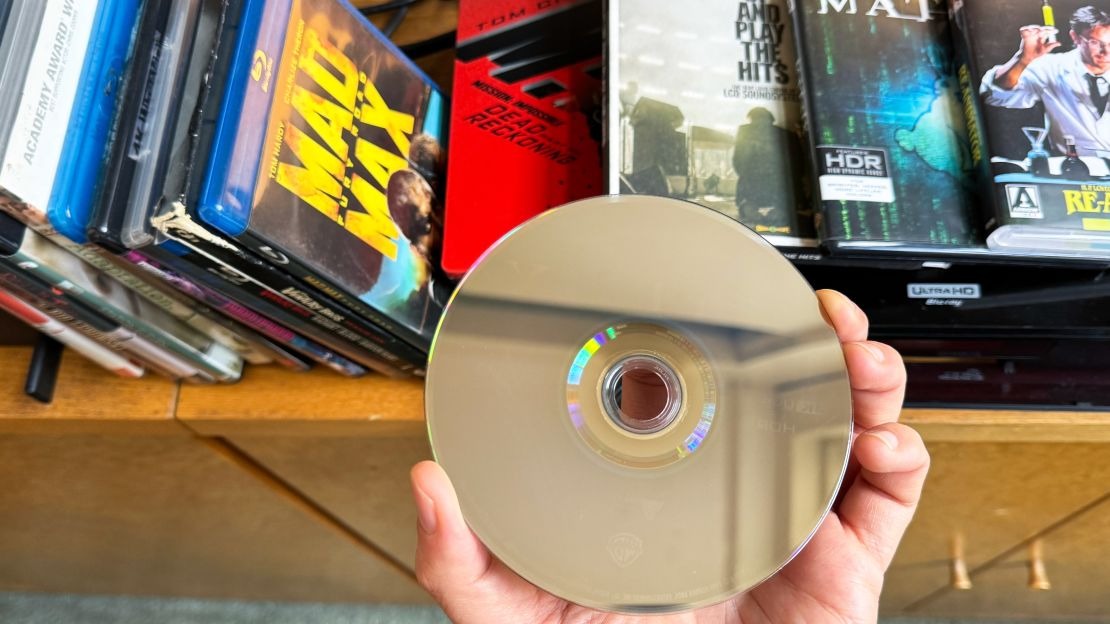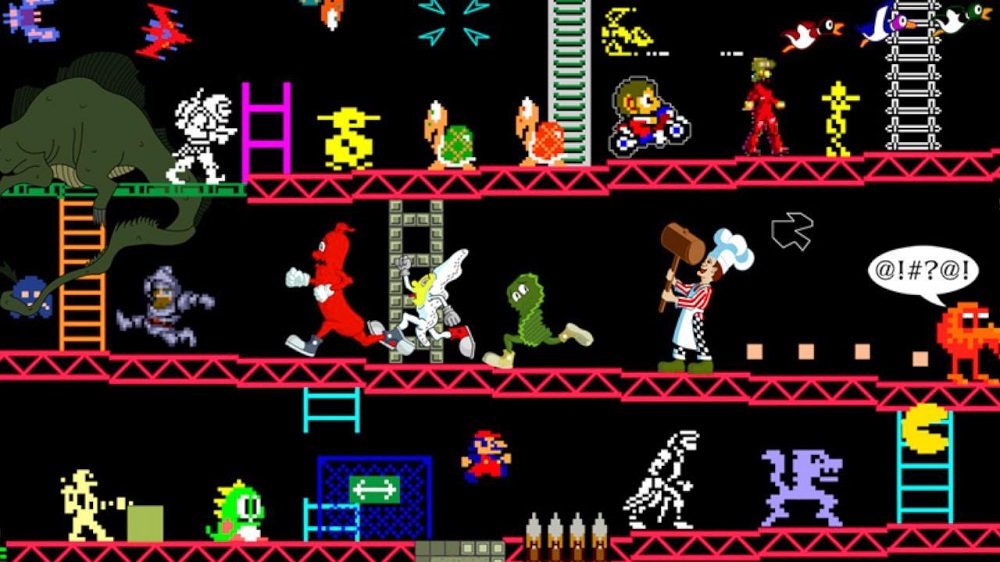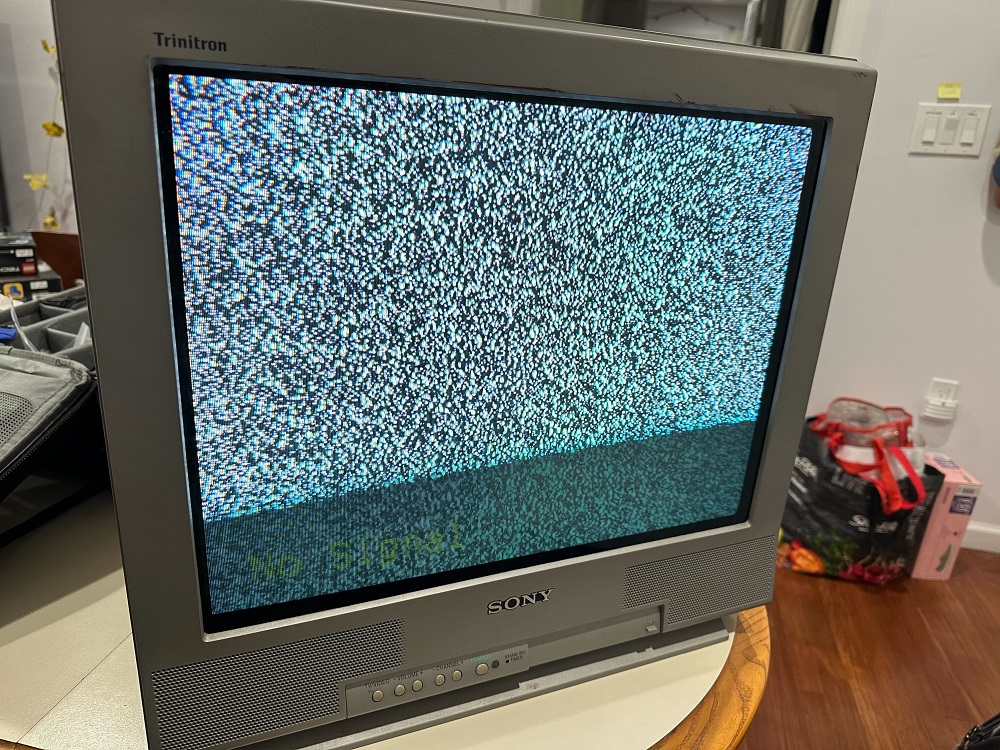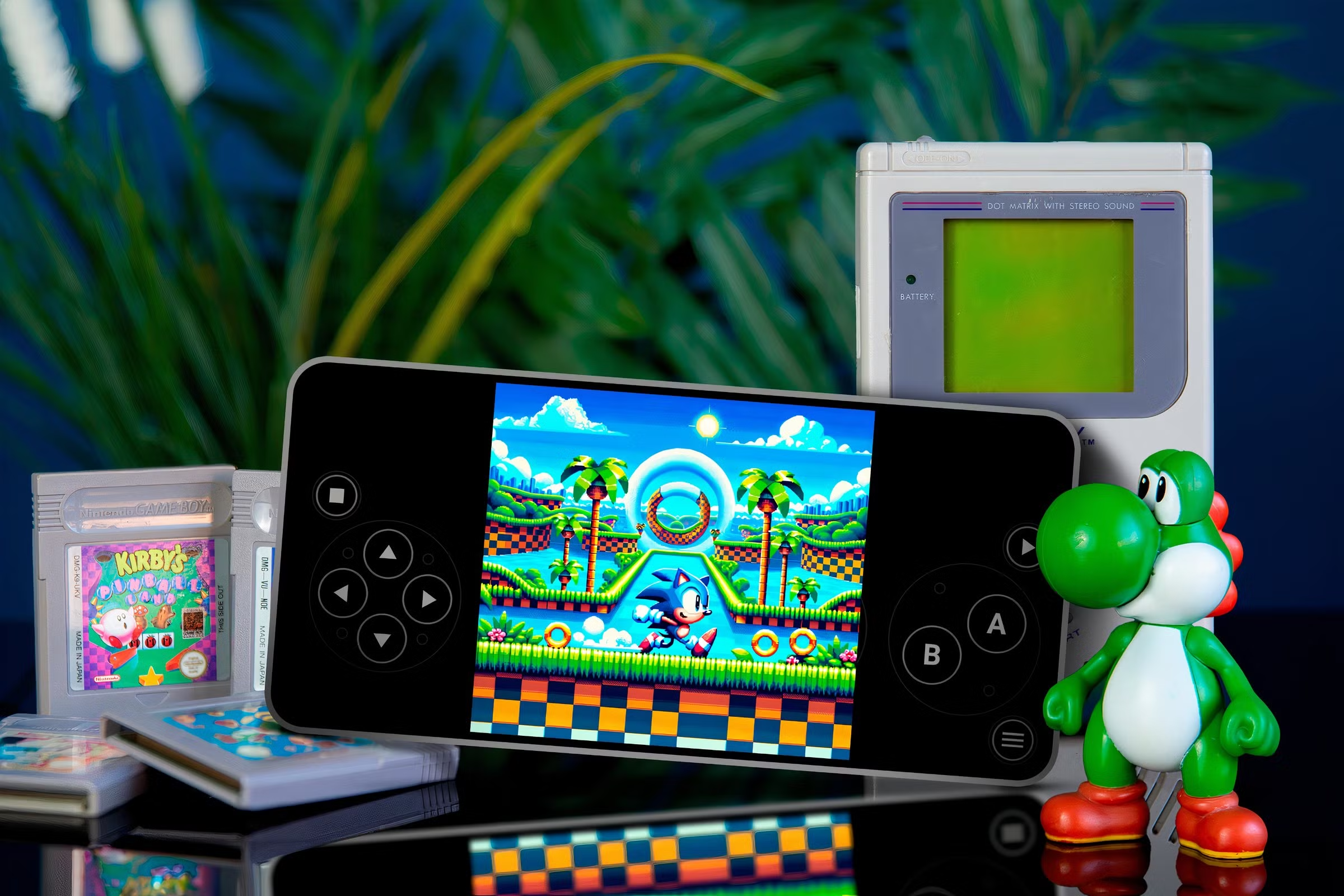There’s something magical about holding a game in your hands — the weight of the cartridge, the shine of a CD, the faint smell of the paper manual.
In an age where digital downloads and cloud streaming dominate, physical media feels like an artifact from another world. But for retro gamers, it’s more than nostalgia — it’s the soul of the experience.
From the plastic clack of inserting a cartridge to the thrill of flipping through a colorful manual, physical media represents a connection that pixels alone can’t replace.
At Oldies Nest, we explore why physical media still matters for retro games — not just for collectors, but for everyone who believes that ownership, authenticity, and preservation are part of what makes gaming timeless.
The Golden Age of Tangibility
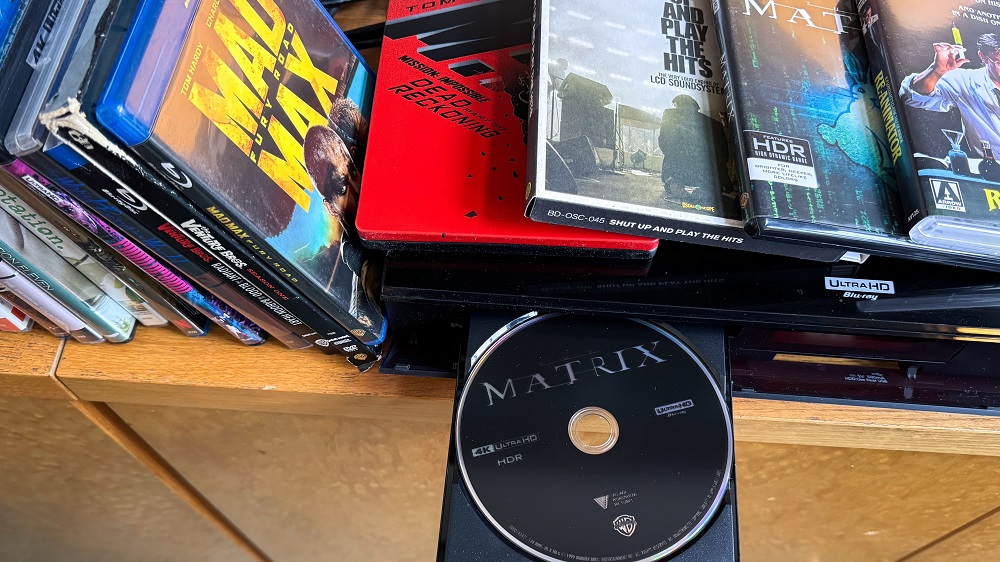
During the 70s, 80s, and 90s, owning a game meant truly owning it.
You didn’t just buy software — you bought an object, a piece of gaming history that felt alive.
The Cartridge Era
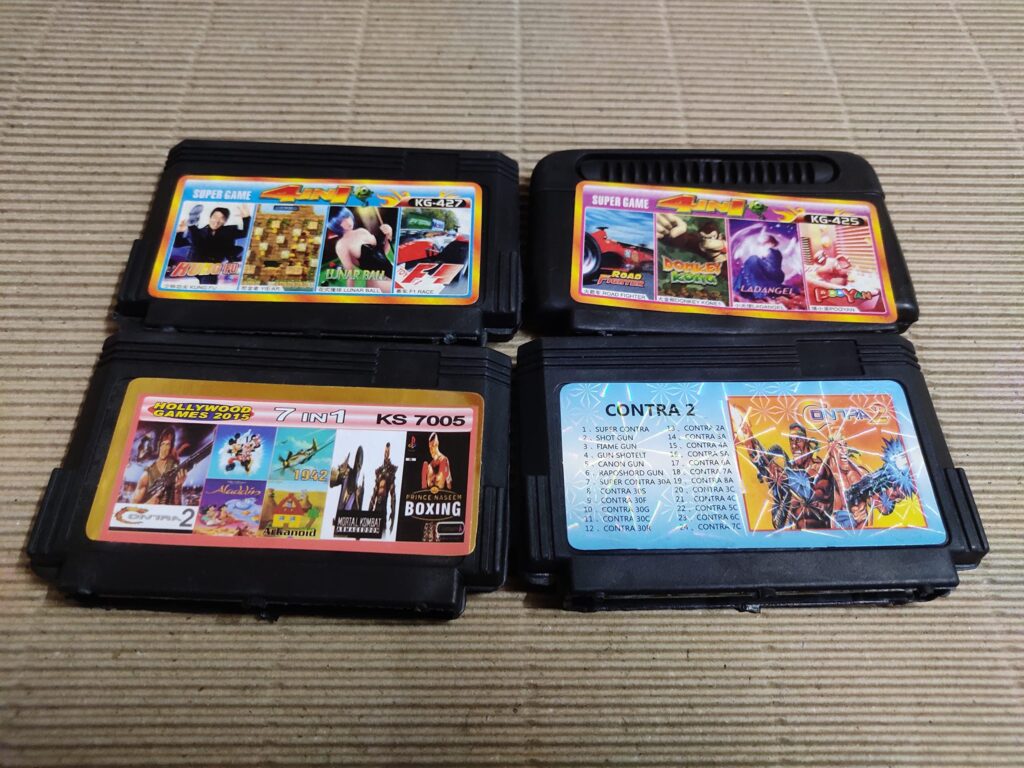
From the Atari 2600 to the Super Nintendo, cartridges defined gaming’s early identity. They were durable, colorful, and instantly recognizable. Each label carried personality — pixel art heroes, space ships, monsters, and typography that screamed retro charm.
The physical act of blowing dust out of the cartridge slot (even if it didn’t actually help) was a ritual that connected players emotionally to their consoles.
The Disc Era
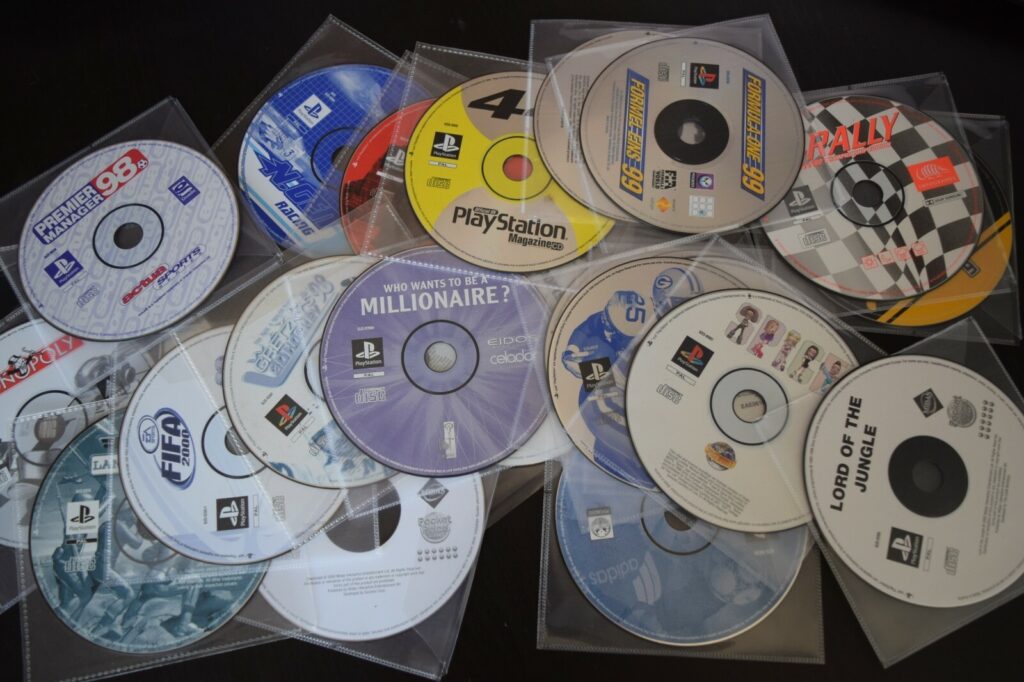
When consoles like the PlayStation and Sega Saturn emerged, discs brought higher capacity and sleeker design. Jewel cases displayed stunning cover art and often included thick manuals filled with concept sketches, maps, and lore.
This was gaming as art object — a concept beautifully explored in The Evolution of Game Manuals.
Ownership vs. Access: A Digital Dilemma
Modern gamers often don’t own their games in the traditional sense. Digital licenses can expire, servers can shut down, and content can be delisted overnight.
With physical media:
- You can play your game forever.
- You can lend or trade it.
- You own something real — not just data stored in a cloud.
For retro gamers, this tangibility ensures continuity. A cartridge from 1985 still works today without updates, logins, or online verification. Try that with a digital-only release 40 years from now.
The difference isn’t just technological — it’s philosophical.
Owning a physical game means preserving history on your terms, not someone else’s.
Preservation: The Heart of Physical Media
Cartridges and discs don’t just represent nostalgia — they’re vessels of history.
When you hold a copy of Super Mario Bros. or Sonic the Hedgehog, you’re holding a piece of cultural evolution. These games are digital fossils, snapshots of design, technology, and imagination from a specific time.
Projects dedicated to preserving gaming heritage, like the one explored in Retro Game Preservation, often rely on original physical media to archive and restore authentic versions.
Without these physical copies, we risk losing parts of gaming’s past forever. Licensing issues and corporate control have already caused countless classics to vanish from digital storefronts — physical copies are the last defense.
The Collector’s Connection
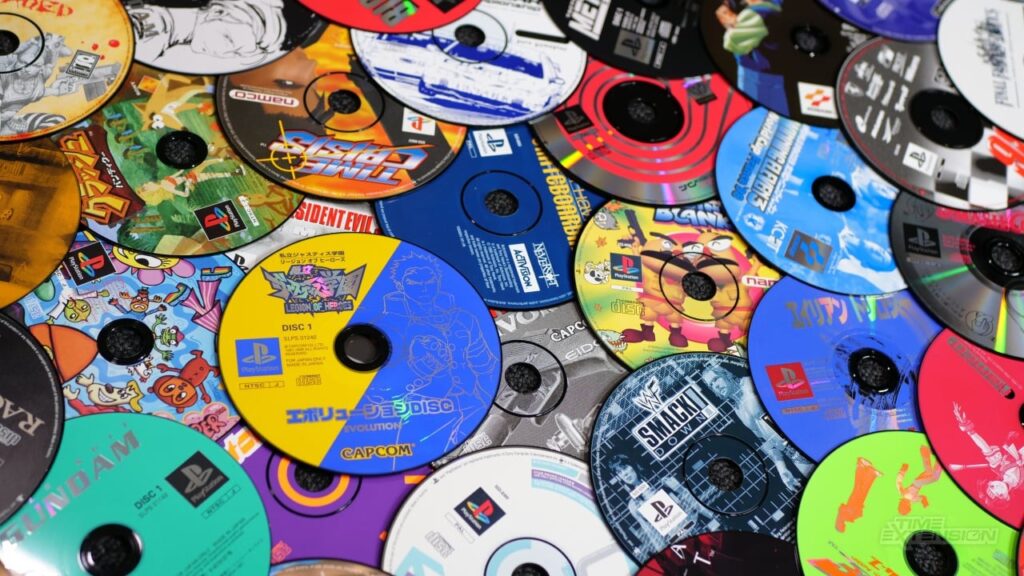
For many in the retro community, collecting physical games isn’t about value — it’s about connection.
Each cartridge or disc carries a story:
- The sticker on the back from a 90s rental store.
- The faded price tag from a mall in 1998.
- The handwritten initials of the previous owner.
Physical collections are time capsules of culture and emotion. Collectors often describe their shelves as living museums — each title a memory, each console a relic that still hums with electricity and life.
The Ritual of Play
One of the greatest joys of physical media is the ritual:
- Browsing your shelf.
- Choosing a game based on mood or memory.
- Inserting the cartridge or disc, feeling that satisfying click.
Unlike digital libraries, which can overwhelm with endless options, physical collections curate the experience. You don’t scroll — you choose.
There’s focus, intent, and mindfulness in that process. It’s gaming at a human pace, not an algorithmic one.
The Art of the Box
Before DLCs and microtransactions, the box was everything.
It wasn’t just packaging — it was art. The bold colors of Mega Man 2, the haunting illustrations of Castlevania, the clean geometry of Gran Turismo — all of them became cultural icons.
For many players, the cover art sparked imagination long before gameplay did. You’d study every inch of the box on the way home, reading the back panel over and over, imagining what awaited inside.
Today, minimalist digital thumbnails can’t compare to that sense of wonder.
Physical Media as Proof of Legacy
Physical games serve as evidence — proof that gaming’s history exists outside corporate servers.
When you hold a Final Fantasy VII CD or an Atari 2600 cartridge, you’re holding something that outlasted its own era. These objects give weight to gaming’s legacy, transforming digital art into tangible culture.
Even as mini consoles and remakes dominate modern nostalgia, they all trace their roots back to those original, physical experiences that defined entire generations.
The Hybrid Future: Modern Collectibles and Reissues
Interestingly, physical media is making a comeback — not as a necessity, but as a choice.
Publishers like Limited Run Games, Strictly Limited, and iam8bit now release physical editions of modern and retro-inspired titles complete with manuals, posters, and collectible boxes.
This trend isn’t just marketing — it’s resistance. It’s a statement that physical ownership still matters, even in the digital age.
As retro fans, we’re witnessing a balance: a world where physical and digital coexist, each serving different emotional needs.
The Environmental Debate
One argument against physical media is its environmental cost — plastics, paper, and production waste. While valid, it overlooks the longevity factor:
- A cartridge can last 40+ years.
- Digital servers can disappear in 4.
Durable media actually offers sustainability through permanence. It doesn’t require constant data storage or server maintenance.
Physical media, when cared for, outlives generations — just like vinyl records or film reels.
Conclusion: Why the Past Still Feels Better in Your Hands
In the end, physical media matters because it makes gaming real.
It connects generations, preserves stories, and anchors a digital art form in the physical world. You can touch it, share it, display it — it exists even when the power’s off.
Digital gaming may be convenient, but physical gaming is meaningful.
It’s the difference between streaming a song and holding the vinyl record — between downloading a memory and keeping it alive.
So, the next time you slide that old cartridge into your NES or open a jewel case from the 90s, take a moment. Feel the weight, hear the click, smell the ink — you’re holding not just a game, but a story that refuses to fade.
